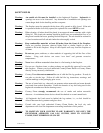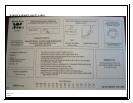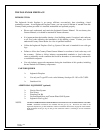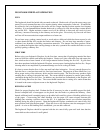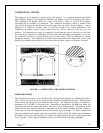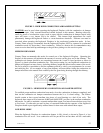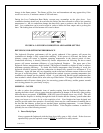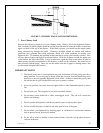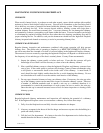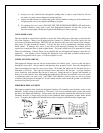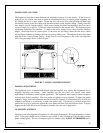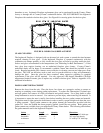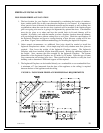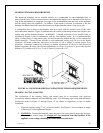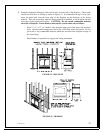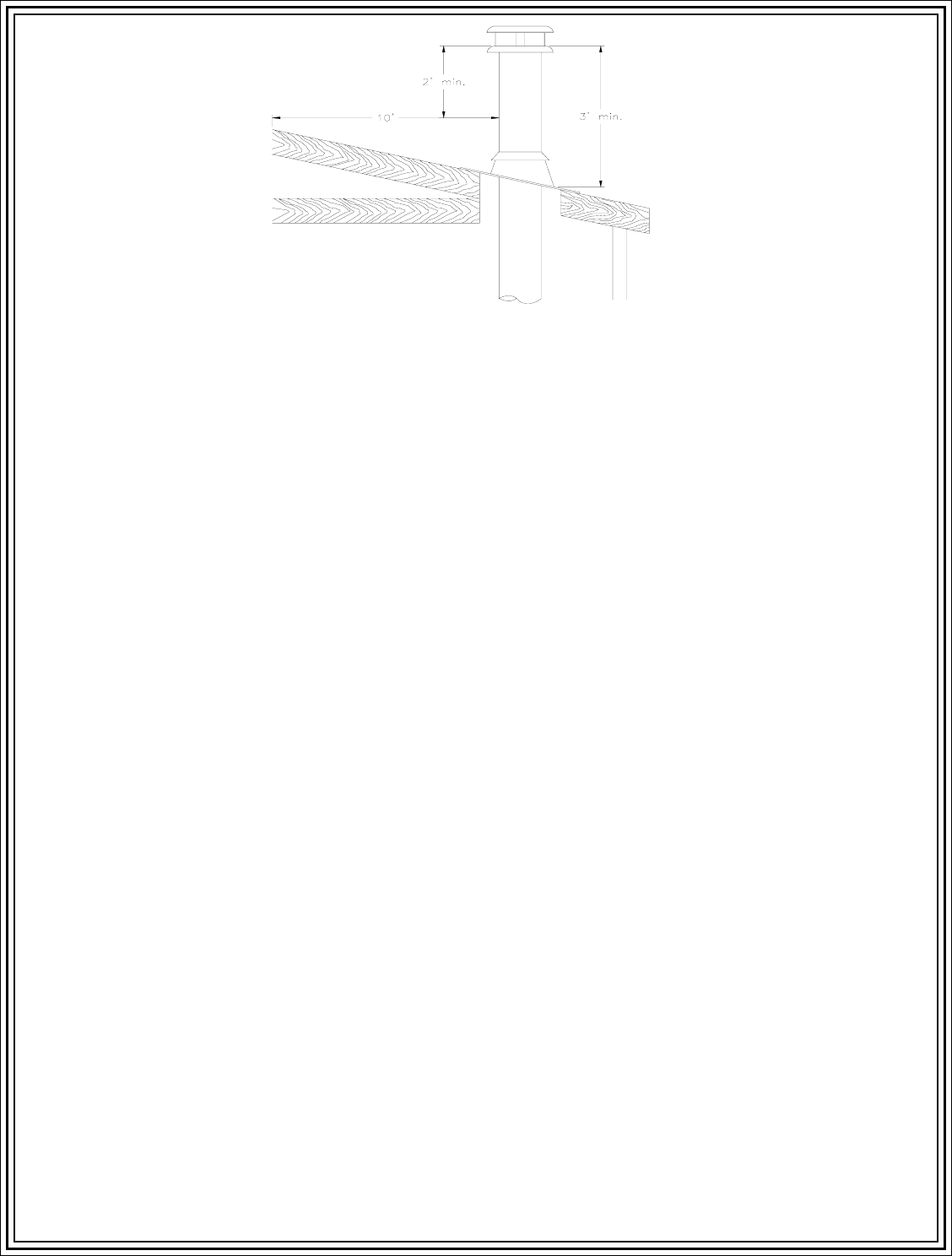
Version: 6.0
15
FIGURE 5: CHIMNEY INSTALLATION DIMENSIONS
7. Poor Chimney Draft
Perform the following simple test of your chimney draft. With no fire in the Inglenook firebox
hold a recently lit match (smoke should be trailing from the match) inside the firebox towards the
upper one third of the top of the firebox. If the draft is proper, you should see the match smoke
being exhausted up through the baffle. Chimneys installed against an outside wall without
protection may generate back draft problems, which will cause problems in starting your
Inglenook fire. To minimize this problem in the event that it occurs open a nearby window. Now
roll up a piece of paper and light it inside the firebox. Hold this lit paper towards the upper part
of the firebox just above the baffle. It may be necessary repeat this step several times in order to
obtain proper operating temperature in the chimney so draft can be sustained. Be careful not to
burn yourself with the paper. Once you see the smoke from the lit paper is drafting better a fire
can be started in Inglenook Fireplace.
IMPORTANT NOTES
1. The hot air room vent of your Inglenook may only be blocked off if the gravity duct kit is
being installed. If you are going to block off the hot air room vent and install the gravity
duct kit use only the optional Inglenook block off kit. Failure to install the gravity duct
kit with the hot air grill blocked will cause your system to overheat.
2. Never use gasoline, kerosene, charcoal lighter fluid or other flammable liquids to start a
fire.
3. Do not burn coal. The sculpture in coal will corrode the firebox.
4. Do not burn ocean driftwood or other waterlogged wood. The salt will corrode the
firebox and chimney.
5. Do not operate the Inglenook with doors partially open or with one door open.
6. Do not overfill the firebox or burn wood in the area in front of the grate.
7. Do not abuse your Inglenook by burning paper, or cardboard or construction material
such as pressed wood, plywood or lumber.
8. Do not allow wood to smolder or burn without flame, since this will produce excessive
creosote in the unit.



